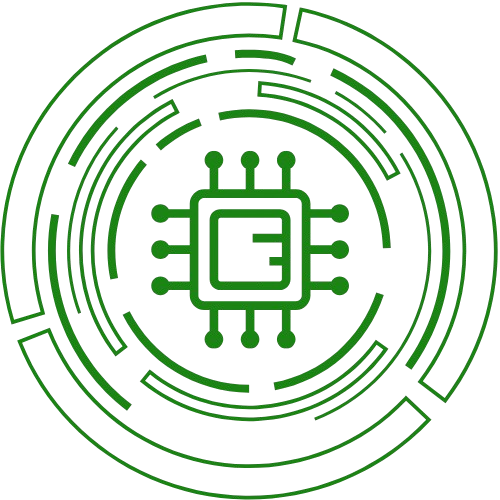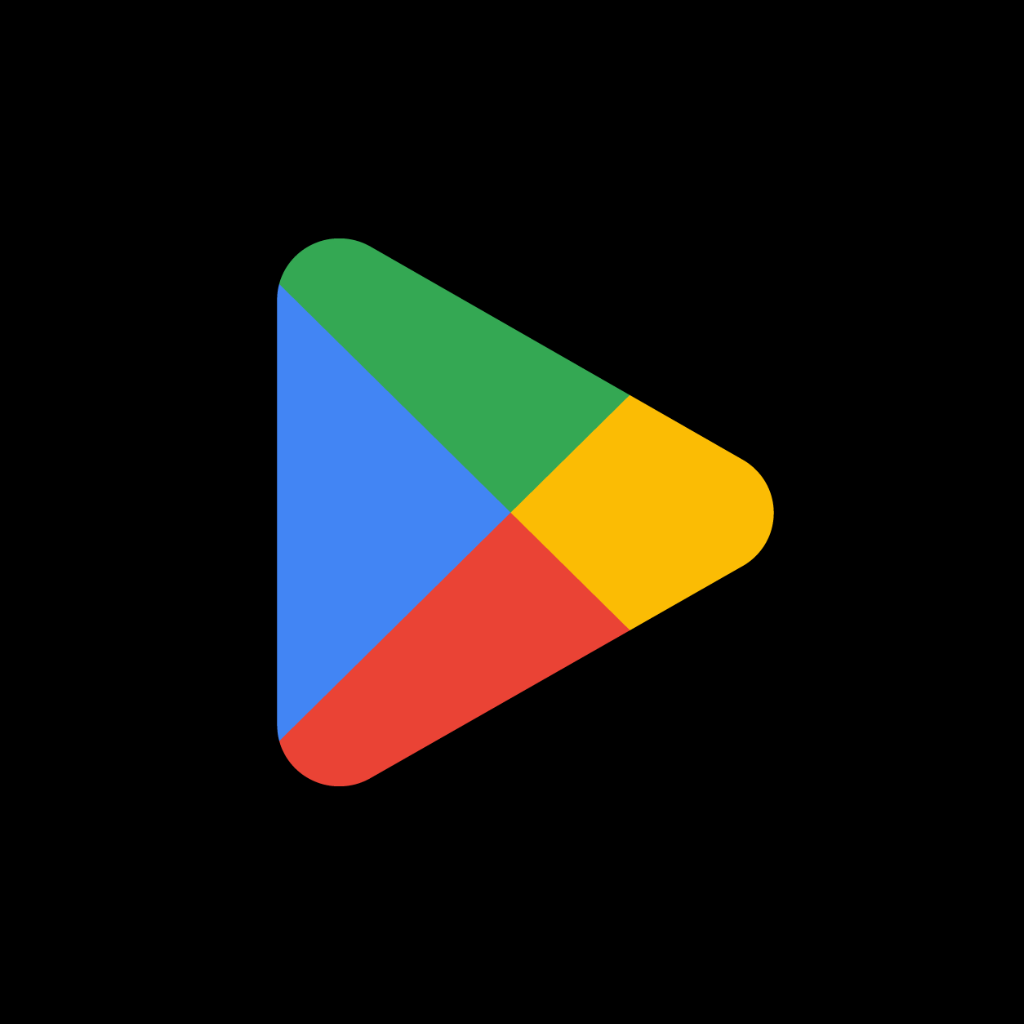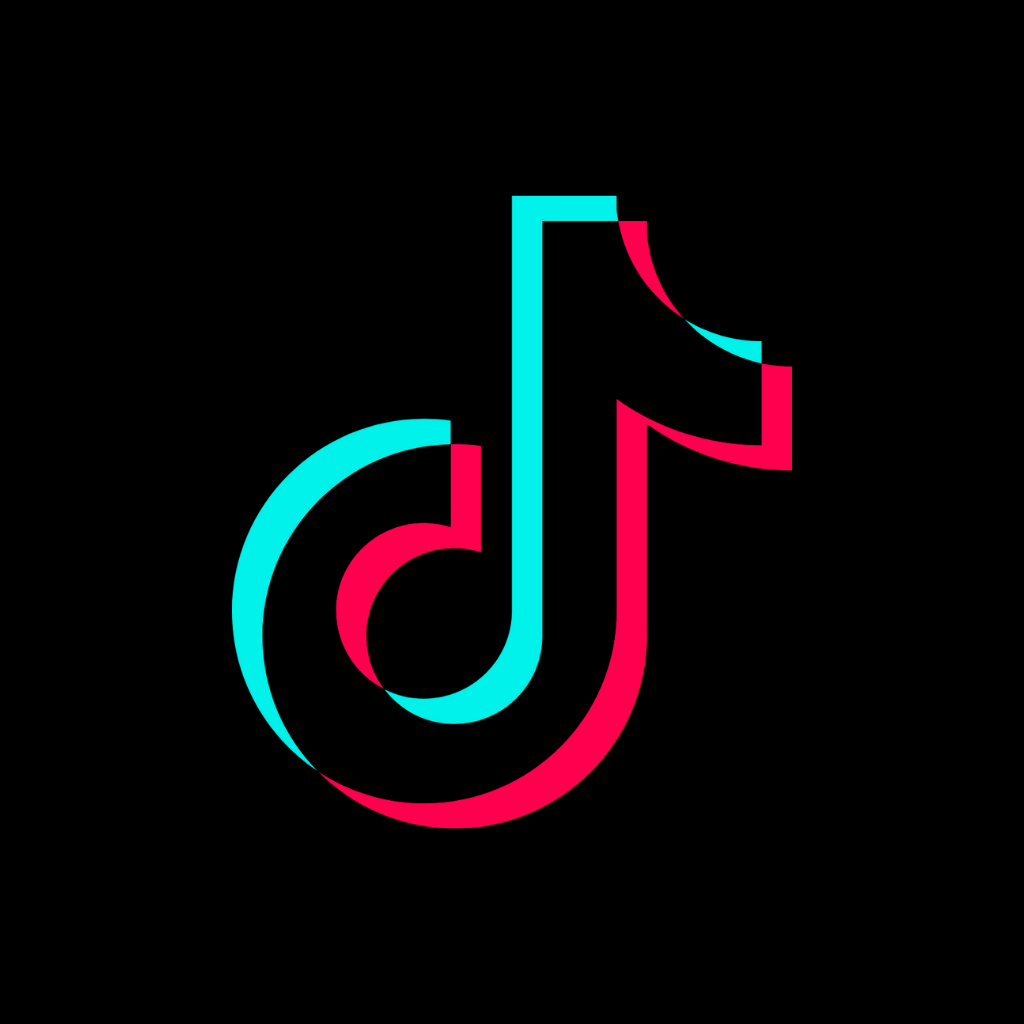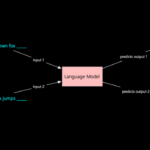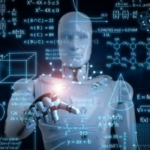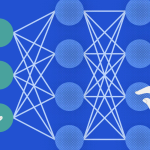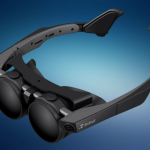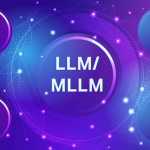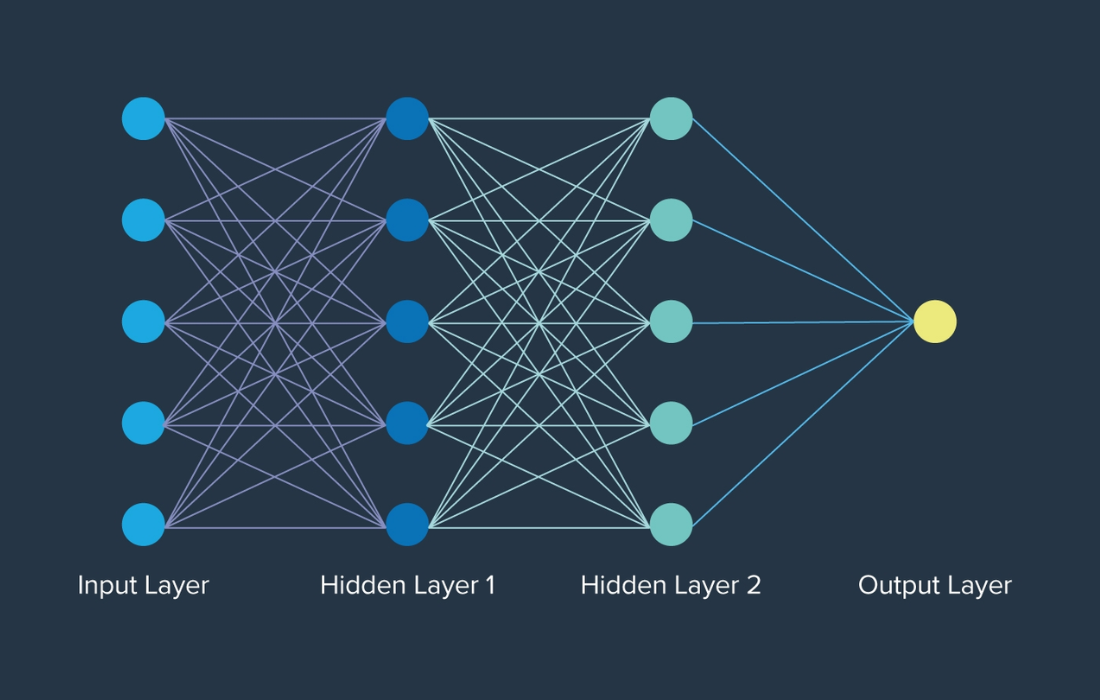At WWDC 2025, Apple unveiled its most ambitious software overhaul in years—Liquid Glass, a cohesive design language spanning all platforms, and Apple Intelligence, a privacy-first AI framework that enhances productivity, creativity, and communication. This year’s keynote wasn’t just about incremental updates; it was a foundational shift toward a more unified, intelligent, and visually refined ecosystem. From a sweeping design refresh to on-device AI for developers and users alike, here’s how the announcements will reshape the Apple ecosystem hold tight as we cover it step by step.
Here’s a deep dive into the biggest announcements, their implications, and how Apple stacks up against competitors.

1. “Liquid Glass” UI: A Unified Design Makeover
What’s New?
Apple introduced Liquid Glass, a translucent, dynamic interface inspired by visionOS, bringing depth, light refraction, and fluid animations to every corner of iOS 26, iPadOS 26, macOS Tahoe, watchOS 26, and tvOS 26 135.
-
UI Elements Reimagined: Buttons, sliders, app icons, and widgets now feature glass-like transparency, adapting to wallpapers and lighting conditions.
-
System-Wide Consistency: The Lock Screen, Control Center, and even macOS’s menu bar adopt this aesthetic, creating harmony across devices.
-
Dynamic Adaptability: Elements morph based on context—tab bars shrink while scrolling, sidebars refract background content, and controls float above apps.
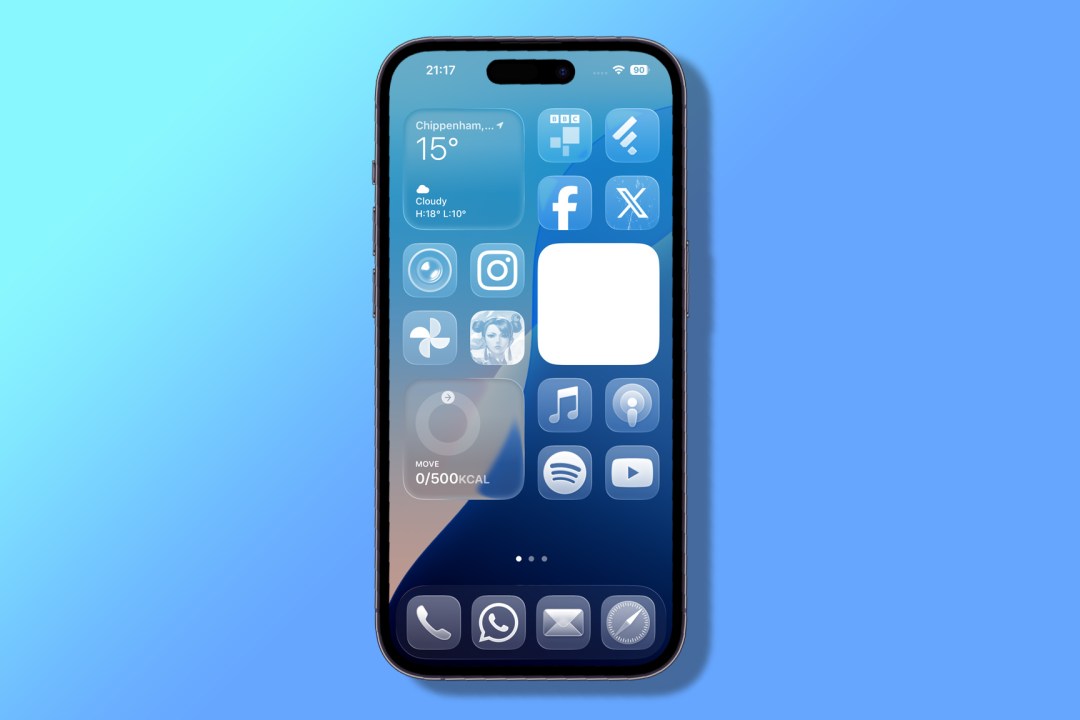
User Impact
✔ Fresh Yet Familiar: A modern look without disrupting muscle memory.
✔ Enhanced Focus: Translucent UI elements reduce visual clutter, emphasizing content.
✔ Cross-Device Cohesion: Switching between iPhone, iPad, and Mac feels seamless.
Developer Impact
✔ New UI Frameworks: SwiftUI, UIKit, and AppKit now support Liquid Glass materials .
✔ Redesign Challenges: Apps must adapt to translucent navigation bars, floating controls, and dynamic scaling.
✔ Design Guidelines: Apple’s Human Interface team released updated best practices for maintaining readability and usability .
Apple Intelligence: Privacy-First AI for Everyone

Key Enhancements
Apple doubled down on on-device AI, expanding capabilities while keeping data private:
-
Live Translation: Real-time translation in Messages, FaceTime, and Phone calls, all processed locally.
-
Visual Intelligence:
-
Screenshot Search: Highlight objects in screenshots to find similar products or extract event details.
-
ChatGPT Integration: Generate images via Image Playground or refine emoji with AI (e.g., mix two emojis into a new “Genmoji”).
-
-
Workout Buddy (watchOS 26): AI-powered vocal coaching analyzes fitness history for real-time feedback.
-
AI-Powered Shortcuts: Automate tasks like summarizing text, comparing notes, or generating code in Xcode 26.
User Impact
✔ No Language Barriers: Chat, call, or message anyone, with translations happening instantly.
✔ Smarter Workflows: AI automations in Shortcuts save time (e.g., “Summarize this meeting recording”).
✔ Fitness Coaching: Workout Buddy provides personalized stats and motivation.
Developer Impact
✔ On-Device LLMs: The Foundation Models framework (3B parameters) enables private AI features without cloud reliance.
✔ Xcode 26 with ChatGPT: AI-assisted coding, debugging, and documentation generation.
✔ New APIs: Visual search, live translation, and AI summarization open doors for third-party apps.
OS Updates: Bridging Gaps Between Devices
iPadOS 26 – A Desktop-Class Leap
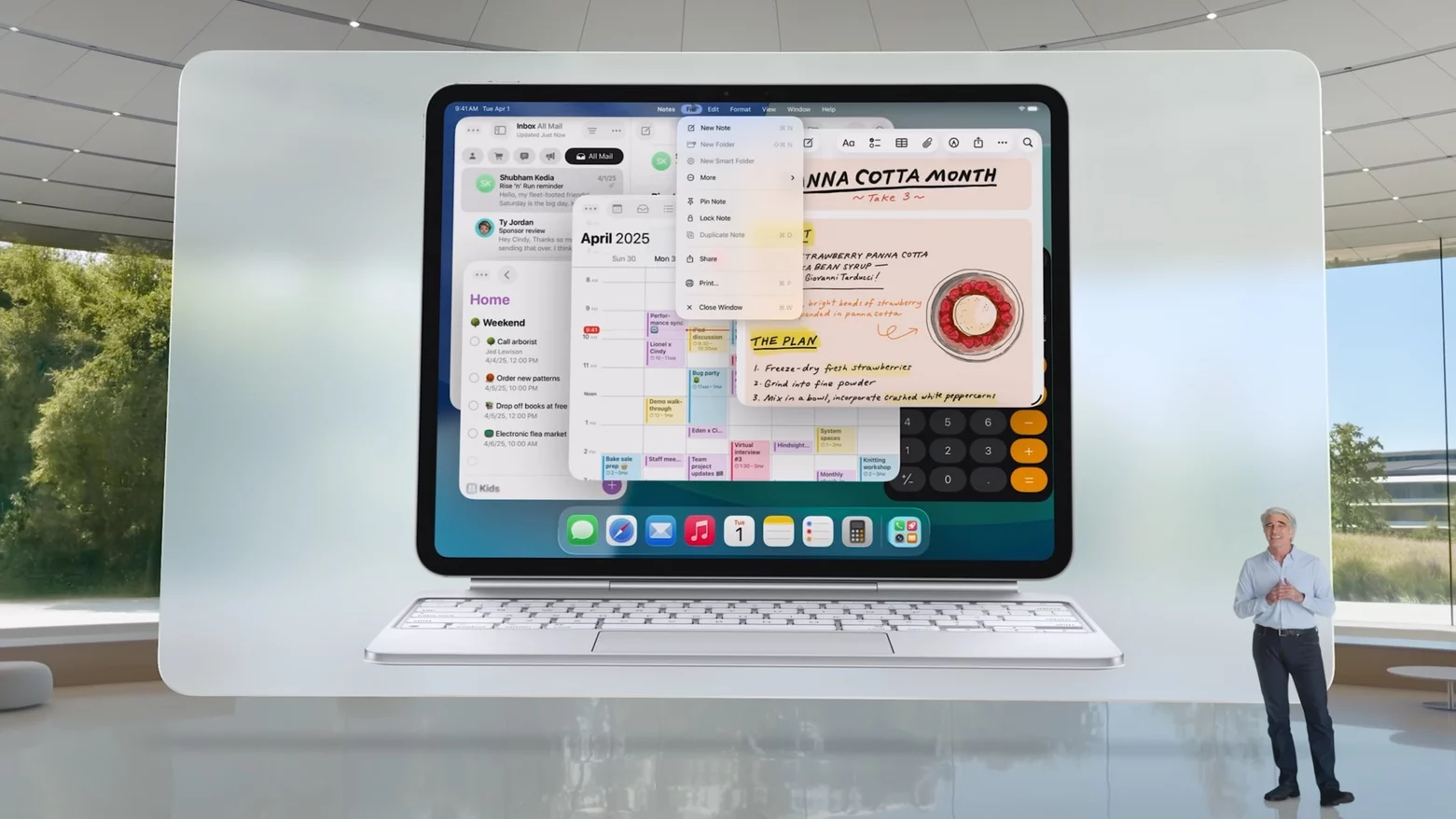
-
Mac-Like Multitasking: Resizable windows, tiling layouts, and a persistent menu bar.
-
Files & Preview Apps: Column view, folder customization, and native PDF editing.
-
Pro Audio/Video Features: Studio-quality AirPods recording and local capture for podcasts.
macOS Tahoe – Refined & Connected

-
Liquid Glass Everywhere: Transparent menu bar, dynamic widgets, and colored folders.
-
Phone App on Mac: Shared call history, voicemail transcripts, and Hold Assist (mutes hold music).
-
Intel Macs’ Last Update: Tahoe is the final major OS for Intel-based Macs (security updates continue until 2028).
visionOS 26 – Spatial Computing Evolves

-
Persistent Widgets: Pin calendars or weather widgets in your physical space.
-
PS VR2 Controller Support: Expands gaming possibilities.
-
Enhanced Personas: More realistic avatars for FaceTime calls.
watchOS 26 & tvOS 26 – Smarter Experiences
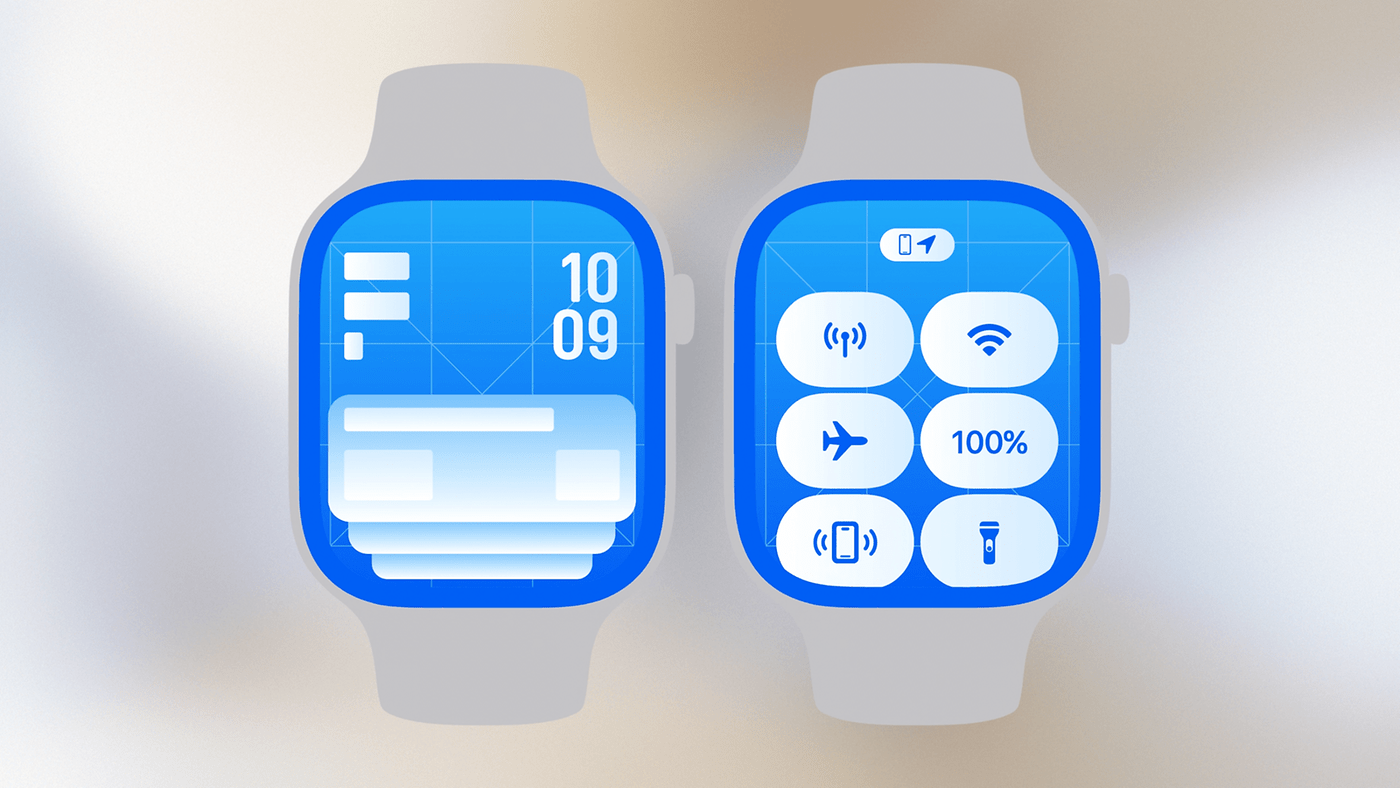
-
Wrist-Flick Gestures: Dismiss notifications or mute calls with a flick.
-
Apple TV Karaoke: Sing into your iPhone mic with lyrics on-screen.
-
Games App Hub: Centralized library for Apple Arcade and multiplayer challenges.
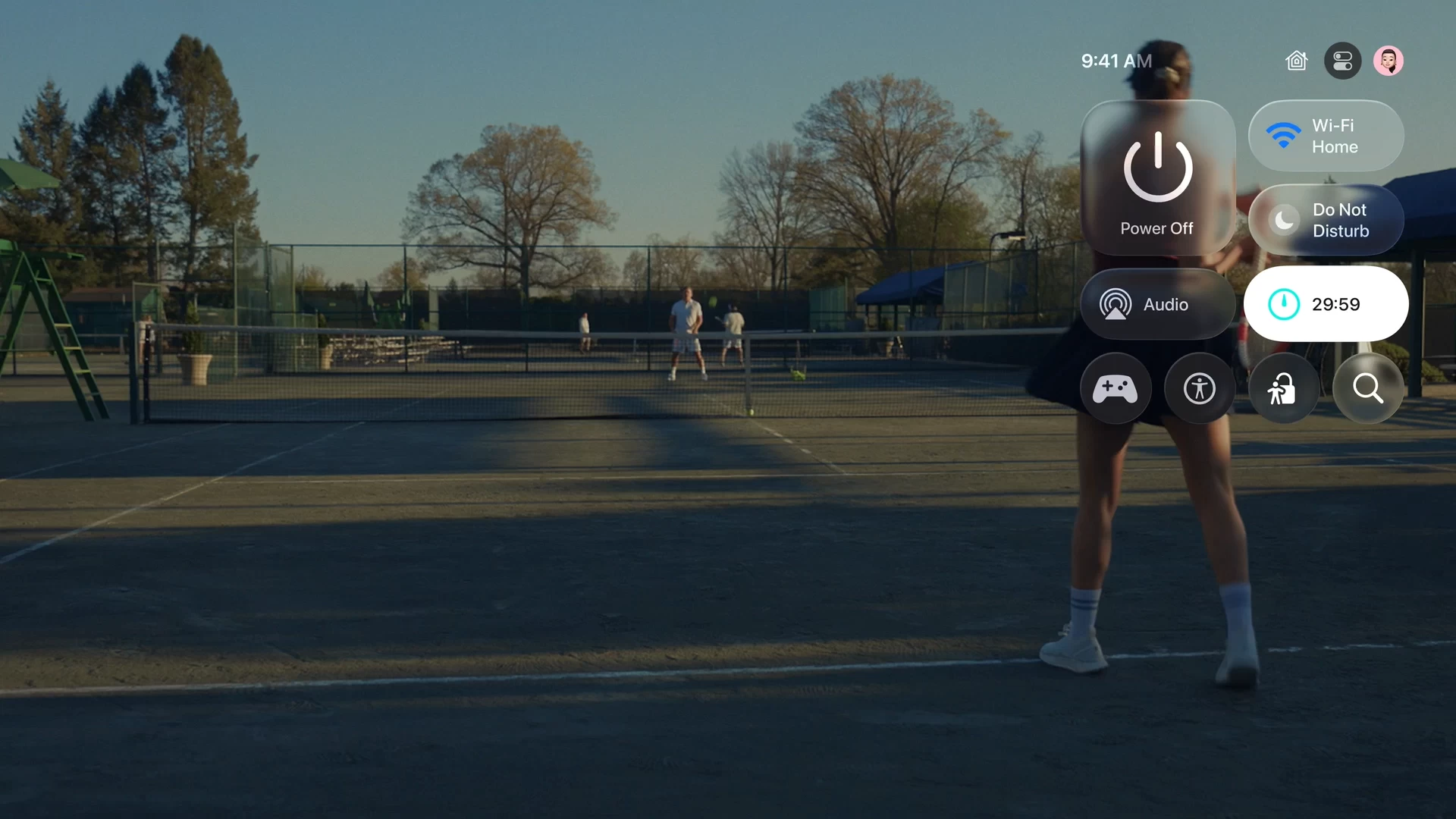
Apple vs. Competitors: Where Does It Stand?
AI Strategy
-
✅ Privacy-First: On-device models avoid cloud dependency (unlike Google/Samsung).
-
❌ Scale Limitations: Apple’s 3B-parameter LLM can’t match OpenAI’s GPT-4 Turbo for complex tasks.
Design Philosophy
-
Liquid Glass vs. Fluent (Microsoft) / Material You (Google): Apple prioritizes translucency over full customization.
-
VisionOS Influence: Spatial UI elements hint at future AR glasses.
Ecosystem Strength
-
Seamless Integration: AI, design, and features work uniformly across devices.
-
Developer Tools: Xcode 26, Shortcuts automation, and LLM access empower app makers.
User Expectations vs. Reality at WWDC 2025
In the lead-up to WWDC 2025, speculation ran high. Developers and users alike hoped for groundbreaking AI announcements, a radical UI overhaul, hardware surprises, and a major Siri makeover. Let’s unpack what expectations were met, which fell flat, and where each OS excelled or stumbled.
What People Anticipated
-
Massive Cloud-Scale AI
Rumors suggested Apple would unveil a multi-hundred-billion-parameter LLM to rival OpenAI or Google’s models. -
Siri Reboot
After years of stasis, fans expected a reimagined Siri—more conversational, context-aware, and deeply integrated with the new AI stack. -
Hardware Reveals
Talk of a Vision Pro 2 headset, new MacBook Pro chips, or AR glasses hinted at unexpected device launches. -
All-Out Design Overhaul
While a refresh was likely, some hoped for fully customizable themes on iOS and macOS to match Android’s Material You. -
Cross-Device Continuity Enhancements
Users wanted even tighter integration: handoff that extended to visionOS, seamless window dragging across iPad and Mac, and richer Shared with You features.
✅ What We Got
-
Liquid Glass UI
A sweeping translucent design across every OS delivers a fresh, cohesive look—much of the anticipated overhaul, albeit more refined than radical . -
On-Device LLM (~3B Params)
Apple opened its modest-sized foundation model to developers, emphasizing privacy and low latency. Not cloud-scale, but significant for an entirely offline workflow . -
AI-Powered Shortcuts & Visual Intelligence
Users can translate calls live, generate calendar events from screenshots, and use genmojis. Developers gain new APIs for image gen and summarization . -
Windowed Multitasking on iPad and Design Refresh on macOS Tahoe
iPadOS 26’s resizable windows and floating menu bar meet long-standing pro-user requests. macOS gains Live Activities in the menu bar and colored folders .
❌ What Didn’t Materialize
-
No Major Siri Upgrade
Siri’s capabilities barely registered; voice assistance remains a step behind on-device LLM features. -
No Hardware Surprises
The Vision Pro stayed put, Mac hardware was unchanged, and no AR glasses appeared. -
Limited Theme Customization
Liquid Glass is beautiful but rigid: users can’t extensively tweak accent colors or switch to a “dark mode” across all UI layers beyond system settings. -
Intel Mac Sunset
Announcing macOS Tahoe as the final Intel update disappointed users still on older hardware.
Achievements & Downfalls by OS
| OS | Achievements | Downfalls |
|---|---|---|
| iOS 26 | Sleek Liquid Glass UI; Live Translation in calls | No Siri leap; limited theming options |
| iPadOS 26 | True resizable windows; Mac-style menu bar | Occasional window-management quirks |
| macOS Tahoe | Colored folders; AI-powered Spotlight actions | Intel support ends; minor performance hitches on older Macs |
| watchOS 26 | Workout Buddy AI coach; wrist-flick gestures | Battery drain concerns with new animations |
| tvOS 26 | Cinematic UI; Apple Arcade Games hub | No new hardware; limited app ecosystem updates |
| visionOS 26 | Spatial widgets; PS VR2 & stylus support | No Vision Pro 2; still steep headset price |
Final Verdict: A Foundation for the Future
WWDC 2025 wasn’t about flashy gimmicks—it was about refinement, cohesion, and intelligent utility. Liquid Glass modernizes Apple’s UI without alienating users, while Apple Intelligence brings practical AI enhancements without sacrificing privacy.
The Big Question: Can Apple’s on-device AI keep pace with cloud-powered rivals? For now, it’s betting that privacy and integration matter more than raw computational scale.
For users, this means a sleeker, smarter Apple experience. For developers, it’s a call to embrace Liquid Glass and AI toolkits—or risk feeling outdated.
What’s Next?
-
Will Siri finally get an AI overhaul?
-
How will third-party apps adapt to Liquid Glass?
-
Could Vision Pro’s spatial UI foreshadow AR glasses?
